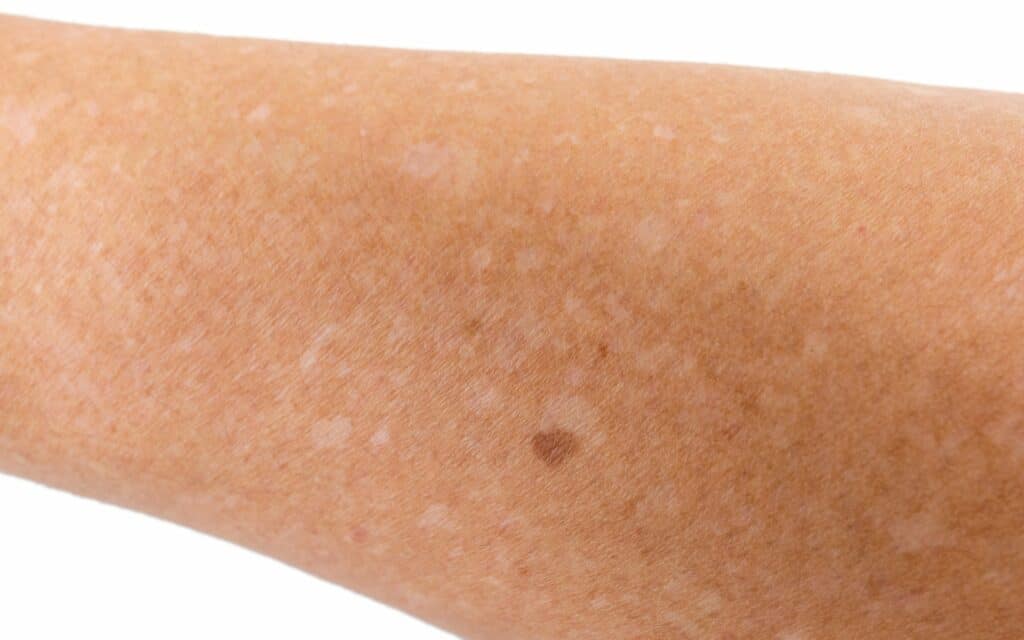Introduction
Dark spots on legs are a common concern among individuals of all ages, regardless of gender or skin type. The formation of these unsightly spots can be due to a variety of reasons and may significantly impact a person’s self-esteem. However, understanding the underlying causes, implementing home remedies, seeking professional treatments, and prevention methods can help manage and possibly eradicate these spots.
Causes of Dark Spots on Legs
The appearance of dark spots on legs can be attributed to multiple causes:
1.Sun exposure: UV rays stimulate melanin production, causing hyperpigmentation.
2.Aging: Natural age progression can lead to skin discolouration.
3.Hormonal imbalance: Hormonal changes can trigger pigmentation issues.
4.Insect bites: These can leave behind dark spots as they heal.
5.Skin diseases: Conditions like dermatitis can result in dark spots.
6.Medications: Certain medications can lead to hyperpigmentation.
7.Post-inflammatory hyperpigmentation: Dark spots can occur after skin trauma heals.
Home Remedies for Dark Spots on Legs
Many home remedies can help lighten dark spots on legs.However, keep in mind that results might take time, and consistency is key.
1.Lemon juice: Its natural bleaching properties can help lighten dark spots.
2.Aloe Vera: Aloe can soothe and help reduce skin discoloration.
3.Turmeric: Its anti-inflammatory properties can help with pigmentation.
4.Apple cider vinegar: ACV can help lighten dark spots over time.
5.Sugar scrub: Regular exfoliation can remove the outer darkened layer of skin.
Professional Treatments and Prescriptions
For those seeking faster results, several professional treatments can address the issue of dark spots on legs:
1.Chemical peels: These target melanin deposits in the skin.
2.Microdermabrasion: This treatment can help even out skin tone.
3.Laser therapy: Lasers can effectively lighten dark spots.
4.Prescription creams: Ingredients like hydroquinone, tretinoin, or corticosteroids can be more potent than over-the-counter alternatives and can provide better results, though under the supervision of a dermatologist.
Prevention of Dark Spots on Legs
Prevention is the best approach when it comes to dealing with dark spots on legs:
1.Apply broad-spectrum sunscreen regularly.
2.Maintain a healthy lifestyle and balanced diet.
3.Keep your body properly hydrated.
4.Regularly check your skin for any changes.
When to Consult a Doctor
It’s crucial to consult a doctor if the dark spots on legs persist despite home remedies and over-the-counter treatments, or if they change in size, color, texture, or start bleeding. These could be signs of a more serious underlying condition, including skin cancer.
The Takeaway
While dark spots on legs can be an aesthetic concern, understanding their causes and treatments can help you effectively manage them. Home remedies may offer a natural approach, while professional treatments and prescriptions provide quicker and often more effective results. However, preventive measures and regular skin check-ups play a crucial role in maintaining a healthy and even skin tone. Always consult with a healthcare provider or a dermatologist for any skin concerns to ensure the best possible outcome.
Remember, every skin type is unique, and what works for one person may not work for another. So, it’s always important to tailor your skincare routine to your specific needs and concerns.
